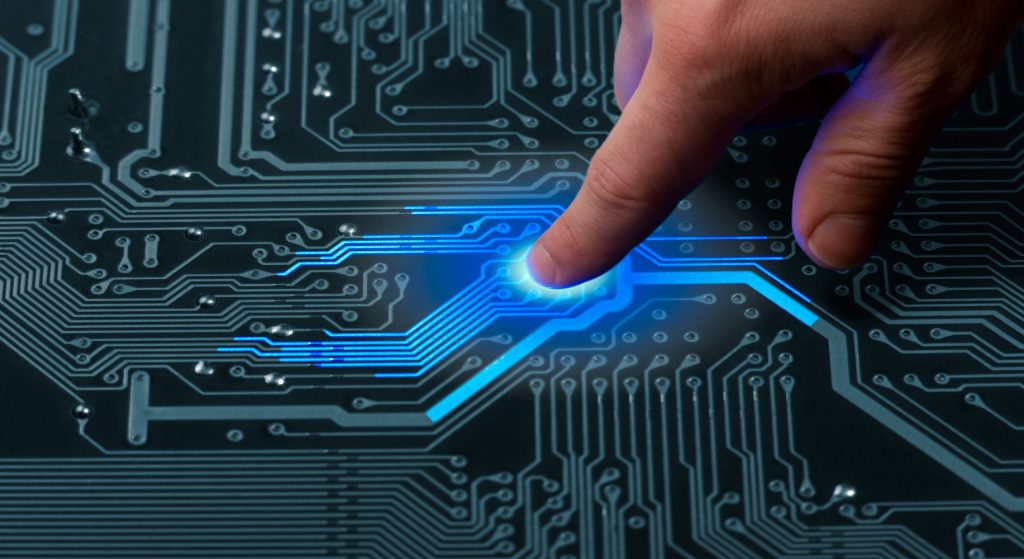 There’s no denying that the technological growth happening today is doing so fast. The advancements are being made each day, and the development of programs and technological research are in progress.
There’s no denying that the technological growth happening today is doing so fast. The advancements are being made each day, and the development of programs and technological research are in progress.
Millions of brilliant minds continue doing research, creating technology not only to make life easier and better but also to build empires and make more money. Along with this, being a geek or a technology enthusiast is challenging, especially if you are a beginner. You need to study and learn all the factors and tools on how to successfully make your project.
However, as the world revolves so fast, there are a lot of technological and electronic materials that are available in the industry today that are very helpful if you start to make your own. One of this is the embedded system, keep on scrolling down and let’s learn its basics.
But before anything else, let’s get to know first what embedded system is?
According to Wikipedia, an embedded system is a computer system which is functional for a larger mechanical or electrical system. It controls many devices that are commonly used today. In the present, embedded systems are often based on microcontrollers. It is like brains to digital watches, traffic lights, MP3 players, cell phones, etc.
Therefore, embedded systems are vital to almost every technology we have today. Thus, learning how to manipulate and make the embedded system functional is a step by step process. The following steps can be a great help for you to start learning the basics of embedded systems.
Have Your Basic Components and Equipment
When you’re starting to learn how to manipulate an embedded system, you must have the basic components to use when you implement your project. Although you can test it on a software tool, it is better to see the stability of your work on actual or hardware components.
You may start purchasing components such as circuit boards, batteries, resistors, jumper wires and other tools such as pliers, wire stripper, soldering rod or lead, breadboards, etc.
Study the Datasheets
Once you already have your primary components, the next thing you should do is to study its datasheet. It is essential to dig into every component’s datasheet or components manuals for you to know its uses and how to use them. Hence, studying datasheets can be tricky, so you need to be careful and try to read some information about how to read a datasheet.
Choose Your Microcontroller

Microcontroller plays a significant part in an embedded system. It’s like a brain of the system, and it also called microcomputers. Microcontrollers will act as a CPU or processors of your embedded system. It consists of ROM, RAM, Flash Memory and other peripherals such as counters, timers.
There are a lot of microcontrollers available on the market today, that’s why choosing what’s the best can be so overwhelming especially for beginners. Hence, you can consider the following criteria for your reference in choosing:
- Go for a simple architecture and easy to learn microcontrollers.
- Choose microcontrollers with modern designs.
- For your practice, you can choose inexpensive microcontrollers.
- Consider the availability of the materials to choose.
- Consider the software used for that particular microcontroller. Find out if it’s cheap or free.
Furthermore, Atmel AVR 8-bit and 32-bit Microcontrollers, PIC microcontrollers, and STMicroelectronics ARM are examples of microcontrollers you might consider buying.
Know the Basics of Electronics
Knowing electronics is also one of the essentials in making your embedded system project. Embedded system is not only relying on programming, it is also a complete system which is a collaboration of both hardware and software. That’s why you need to know basic electronics to make your project functional.
Learn Programming Languages
Without programming, embedded systems won’t work, because it plays the most significant part of making your system functional. It is a compilation of instructions which is written or coded by a computer programmer to make microcontrollers work.
There are a lot of programming languages to learn about embedded systems. It can either be low-level or high-level programming languages. But the most commonly used are C or C++ language. These are programming languages that are suitable for beginners. Using C or C++ is a good start in programming for it is readable and easy to debug.
Collaborate Software and Hardware

The embedded system is a relationship between the hardware and software components. Equipment such as circuit boards, microcontrollers, and wires are part of the hardware components. On the other hand, programming or coding and simulating are for the software parts.
After learning the basics of both hardware and software, you can now start collaborating them. You can start with a mini-project for your practice. You can upload your simple coded programs to your processors (microcontrollers) and see if it works.
Takeaway
If you wanted to make a technological development, but you don’t know where to start, learning the basics of an embedded system can be a good start for you. Embedded systems are now vital in every technology we use in our daily life. It controls and manipulates devices such as cell phones, digital watches, and other electronic devices.
Hence, knowing the embedded system is a great start for your technological advancement. The information above can also be an excellent help for you to start learning the basics of embedded systems.
Contributed by: https://dealwiki.net/







